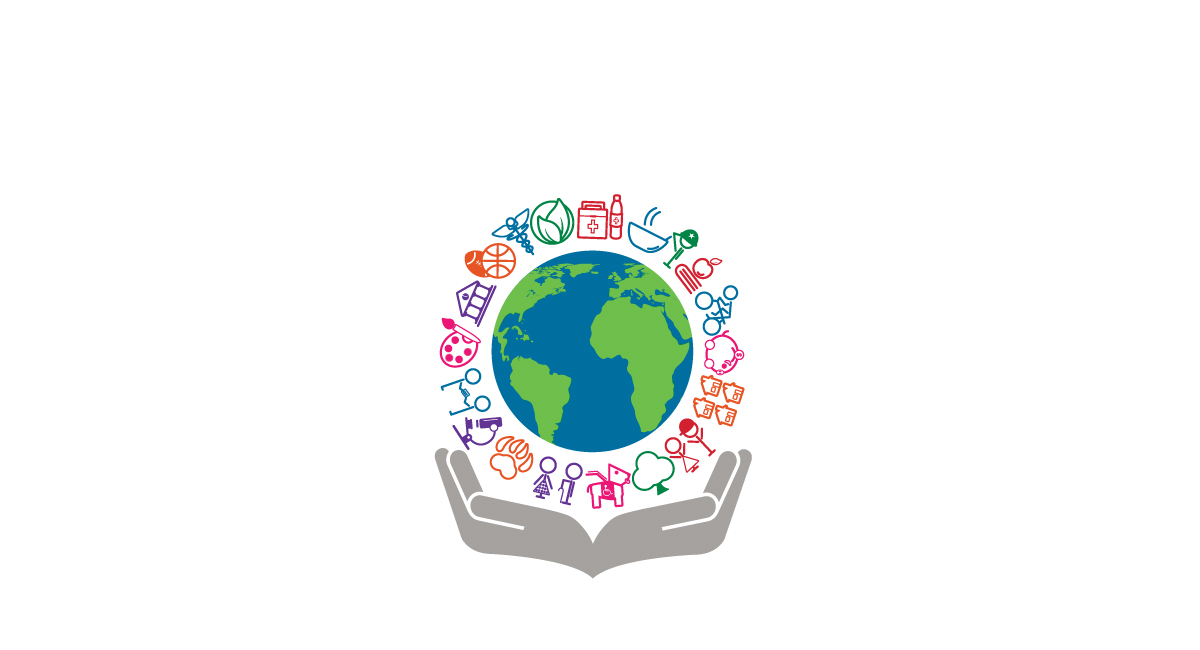Nonprofit Agency: Custom-made Solutions for Sustainable Development and Effect
Discovering the Diverse Features and Responsibilities of a Nonprofit Agency in Resolving Social Issues and Encouraging Modification
Not-for-profit firms serve as crucial representatives of change within culture, taking on a myriad of social concerns with complex approaches. Their responsibilities expand beyond simple service stipulation; they involve in advocacy, source mobilization, and community outreach, usually acting as a bridge between marginalized populaces and essential solutions.
Comprehending Nonprofit Agency Functions
The efficiency of nonprofit companies rests on a clear understanding of their varied duties within culture. These organizations act as important middlemans between the general public, exclusive, and governmental markets, addressing different social concerns and advocating for adjustment. Not-for-profit agencies commonly work as company, supplying essential programs and resources to underserved populations. This duty is vital in loading voids that might exist in public solutions, making certain that susceptible teams have access to needed assistance.
Additionally, nonprofits play an important role in advocacy, increasing recognition and affecting plan decisions that influence their communities. By involving in research study and public education, these companies assist form public discussion and promote informed decision-making - nonprofit agency. They additionally function as platforms for volunteerism, mobilizing area members to add their time and skills toward cumulative objectives
Additionally, not-for-profit companies usually act as conveners, bringing together diverse stakeholders to promote collaboration and cumulative impact. This collaborative strategy improves their capacity to deal with facility social issues effectively. Understanding these diverse roles is critical for making the most of the capacity of nonprofit agencies in creating sustainable social modification and boosting general community wellness.
Community Involvement and Outreach
Efficient area interaction and outreach are fundamental components of not-for-profit agencies' techniques to construct and foster connections trust within the neighborhoods they serve. These initiatives focus on comprehending neighborhood needs, promoting understanding of offered resources, and motivating participation in programs designed to address social concerns. Not-for-profit organizations employ a variety of techniques to engage with area participants, such as workshops, informative sessions, and collective occasions.
Outreach campaigns offer to reinforce connections with varied populaces, specifically marginalized teams that might face obstacles to access. By utilizing culturally relevant interaction methods and leveraging local collaborations, nonprofits can enhance their visibility and show their dedication to area empowerment. This technique not just grows a sense of belonging but also enhances the possibility of continual involvement.
Additionally, efficient area engagement exceeds simple involvement; it involves actively listening to neighborhood members' comments and including their insights right into program development. This collaborative procedure makes sure that the solutions used are responsive, pertinent, and tailored to the distinct challenges faced by the area. Ultimately, promoting strong links with involvement and outreach can result in more impactful interventions and a higher collective initiative toward advertising favorable social adjustment.
Advocacy and Policy Influence
Campaigning for offers as a crucial mechanism for not-for-profit agencies to influence public policy and drive systemic modification. By leveraging their know-how and community insights, these organizations can effectively stand for marginalized populations and address pushing social issues. Nonprofits involve in campaigning for via numerous strategies, including public understanding projects, grassroots mobilization, union structure, and direct lobbying of policymakers.
With these initiatives, not-for-profit firms aim to form legislation and policy structures that line up with their objective and the demands of the neighborhoods they offer. They conduct research study, gather data, and share engaging narratives to highlight the seriousness of details issues, making certain that decision-makers are informed and encouraged to act. This procedure not just intensifies the voices of those influenced by social injustices however likewise promotes a much more comprehensive and fair policymaking setting.
Furthermore, advocacy initiatives typically seek to you can find out more develop long-term structural modifications, resolving origin triggers rather than simply relieving signs and symptoms. By focusing on policy impact, not-for-profit companies add to a wider More Info understanding of social challenges and promote options that can lead to sustainable improvements in societal well-being. Eventually, advocacy is essential to the transformative role nonprofits play in producing a just and fair culture.
Fundraising and Resource Management
Nonprofit firms count on durable fundraising and resource monitoring methods to support their advocacy initiatives and maintain their goals. Efficient fundraising is necessary for guaranteeing the schedule of financial sources required to carry out programs and tasks that resolve pushing social problems. This process frequently involves expanding revenue streams through grants, specific donations, business sponsorships, and fundraising occasions. By using a multi-faceted approach, nonprofits can alleviate the dangers connected with dependence on a single financing resource.
Source administration is equally important, as it includes the strategic appropriation of both human and financial sources to optimize impact. Nonprofits should create budget plans that line up with their objectives while ensuring transparency and liability to stakeholders. This includes routine surveillance of expenditures and readjusting approaches as needed to maximize source use.

Cooperation and Collaborations
While many companies seek their objectives independently, cooperation and partnerships can substantially enhance the performance of not-for-profit agencies. By interacting with various other nonprofits, federal government entities, and exclusive industry companies, nonprofits can pool sources, share competence, and intensify their influence on social problems. Collaborative efforts often cause innovative services that might not be attainable individually, leveraging the staminas of each partner to resolve intricate challenges.

Ultimately, effective partnership requires clear communication, shared objectives, and common regard amongst companions. By welcoming a participating approach, nonprofit companies can create lasting networks that not just address immediate social issues yet likewise add to lasting systemic change, cultivating a more fair culture. Via cooperation, nonprofits can thrive and maximize their potential for significant impact.
Conclusion
Nonprofit agencies work as critical entities in attending to social concerns and promoting modification within areas. Via diverse functions such as community engagement, resource, and advocacy management, these companies effectively activate sources and assistance for underserved populations. Their collaborative efforts with numerous stakeholders improve the capacity to affect public law and promote architectural adjustments. Inevitably, the multifaceted functions of not-for-profit firms dramatically add to the quest of social justice and the enhancement of neighborhood well-being.
Understanding these complex roles is crucial for maximizing get more the capacity of nonprofit firms in developing sustainable social change and boosting total neighborhood wellness.
Effective community involvement and outreach are basic parts of not-for-profit agencies' methods to build and promote links trust within the neighborhoods they offer. By working with each other with various other nonprofits, government entities, and private field companies, nonprofits can pool sources, share competence, and enhance their influence on social concerns.Nonprofit companies offer as crucial entities in resolving social issues and fostering change within communities - nonprofit agency. Ultimately, the complex roles of nonprofit firms considerably contribute to the search of social justice and the renovation of neighborhood wellness